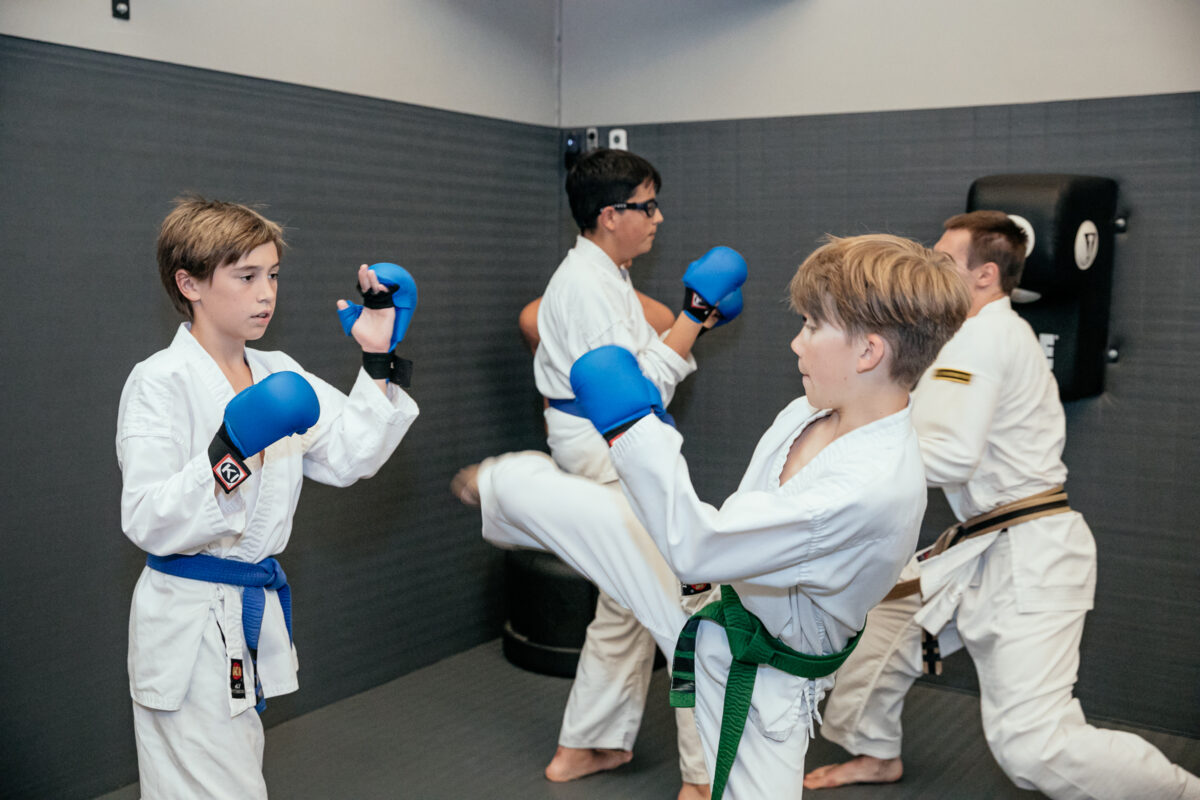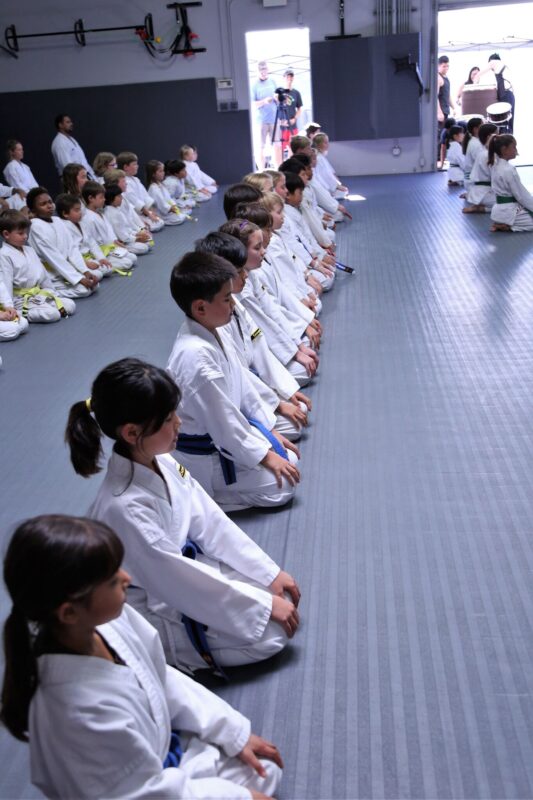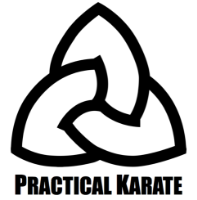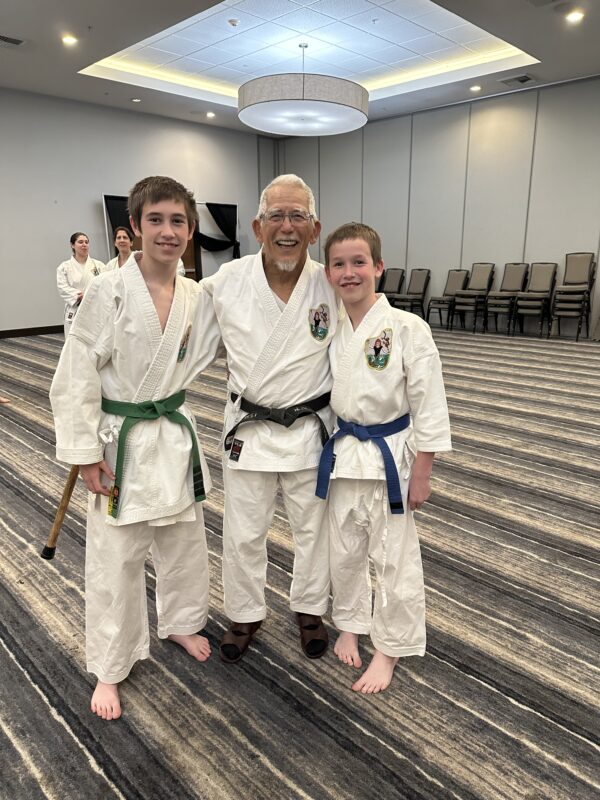Martial Arts
How Practical Karate Blends Tradition with Modern Martial Arts Training
San Diego is known for its beautiful beaches, thriving fitness culture, and strong interest in martial arts. Among the many dojos and gyms scattered across the county, Practical Karate has distinguished itself by offering a unique approach to martial arts training that combines the traditions of karate with the techniques of judo, boxing, and wrestling. This blend provides students with a complete system for self-defense, personal growth, and physical fitness that goes beyond the scope of a single style.
The Martial Arts Training Scene in San Diego
San Diego has long been a hub for martial arts. Its diverse population and proximity to military bases have created a demand for self-defense, discipline, and combat sports training. From Brazilian Jiu-Jitsu and Muay Thai to traditional karate and taekwondo, there are options for nearly every interest.
Yet while many schools specialize in a single art, Practical Karate stands out by recognizing the strengths and limitations of each discipline. Rather than treating karate as a closed system, the dojo emphasizes practicality, adaptability, and real-world application. This philosophy is what makes it one of the most respected family martial arts schools in San Diego.
The Foundation: Karate
Karate remains the backbone of training at Practical Karate. Rooted in Okinawan traditions, karate emphasizes strong stances, striking techniques, and disciplined movement. Students develop speed, power, and precision through kihon (basics), kata (forms), and kumite (sparring).
Karate provides the foundation of discipline, balance, and structure. It teaches students to respect tradition and to cultivate mental focus. At Practical Karate, children and adults alike benefit from the traditional aspects of karate—learning perseverance, building self-confidence, and developing character.
However, while karate is highly effective in teaching striking and discipline, it does not always address the full range of scenarios that one might encounter in real-life self-defense. This is where the integration of other arts makes the dojo unique.

Adding the Throwing Power of Judo
Judo, often described as “the gentle way,” focuses on throws, takedowns, and control. At Practical Karate, judo is introduced to give students the ability to handle situations where striking is not enough—or where striking may not be the best option.
By learning how to off-balance opponents and use leverage instead of brute strength, students can control larger or stronger attackers. This is particularly valuable for children and smaller individuals who may not be able to rely on striking power alone. Judo also emphasizes safety through breakfalls (ukemi), which teach students how to protect themselves when falling. This skill translates not only into martial arts but also into everyday life, reducing injury risk from accidents.
The Striking Science of Boxing
Boxing brings a modern edge to Practical Karate’s training system. While karate strikes are precise and powerful, boxing sharpens timing, head movement, and defensive awareness. Students learn how to protect themselves with proper guard positions, angles, and evasive footwork.
Boxing also refines the student’s punching mechanics. The emphasis on combinations, body rotation, and fluidity complements karate’s more linear style. By blending the two, students become more versatile strikers—able to deliver powerful, direct blows from karate and flowing, unpredictable combinations from boxing.
Beyond the technical advantages, boxing adds a high-intensity conditioning element. Pad work, heavy bag drills, and cardio training help students improve stamina and toughness. This makes the training not only more effective for self-defense but also more engaging and fitness-focused.
The Control of Wrestling
No complete self defense system is finished without addressing grappling and control. Wrestling fills this gap at Practical Karate by giving students the tools to dominate close-range encounters. Where karate and boxing excel in striking and judo in throwing, wrestling brings control once the fight hits the ground or enters the clinch.
Students practice takedown defense, sprawls, and positional control. Wrestling emphasizes strength, balance, and relentless pressure, which helps build resilience. In a self-defense scenario, the ability to neutralize an attacker and maintain control without unnecessary strikes can make all the difference.
Wrestling also develops mental toughness. The grind of drills and the intensity of live grappling teach perseverance, grit, and determination—qualities that carry over into every area of life.

Why the Blend Works
The genius of Practical Karate lies not just in teaching multiple arts, but in how they are integrated. Instead of treating karate, judo, boxing, and wrestling as separate silos, the instructors weave them into a unified system.
For example, a self defense scenario might begin with karate’s strikes to create distance, flow into a boxing combination when the attacker presses forward, transition into a judo throw when clinched, and end with wrestling control to neutralize the threat. Students are not just learning techniques in isolation—they are learning how to transition seamlessly between ranges of combat.
This cross-training approach also prevents over specialization. A pure striker might struggle against a grappler, while a grappler could be vulnerable to fast, precise punches. By blending arts, students become adaptable and well-rounded martial artists.
Practical Benefits for Families
Practical Karate is especially appealing to families because it teaches a balance of tradition and modern practicality. Parents appreciate that their children are learning respect, discipline, and self-control through karate, while also gaining the well-rounded self-defense skills that come from judo, boxing, and wrestling.
Adults benefit as well. Many parents who bring their kids to train end up joining themselves, finding the classes to be both physically challenging and mentally rewarding. The family-oriented environment ensures that training remains safe, encouraging, and supportive.
A Dojo for the Real World
In the end, Practical Karate reflects the evolution of martial arts itself. Where once styles were rigidly separated, today’s martial artists understand that effectiveness lies in adaptability. By combining karate’s tradition with the effectiveness of judo, the science of boxing, and the control of wrestling, Practical Karate offers San Diego students a complete martial arts education.
Whether the goal is fitness, confidence, character development, or self defense, Practical Karate provides a pathway that honors the old while embracing the new. In doing so, it prepares students not just for the dojo, but for life itself.


